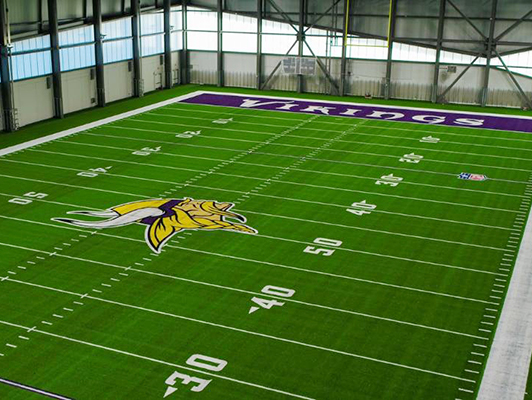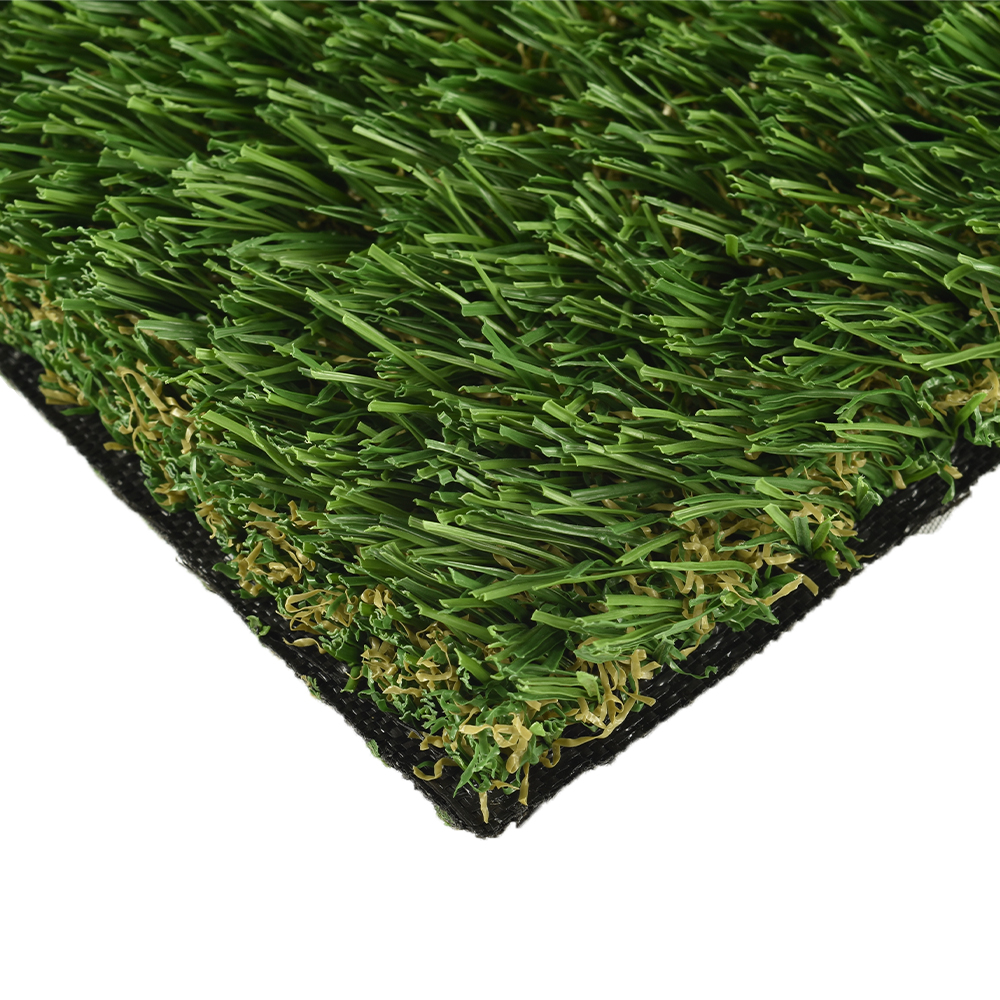Find the Top Turf Installation Phoenix AZ Services for Your House or Commercial Property
Find the Top Turf Installation Phoenix AZ Services for Your House or Commercial Property
Blog Article
Look Into the Environmental Perks of Opting for Artificial Grass Solutions
The fostering of synthetic turf services presents an engaging possibility to attend to pressing ecological difficulties. By dramatically minimizing water use and lessening the application of hazardous chemicals, these options not only advertise sustainable landscaping yet likewise secure regional environments. The lower carbon impact linked with decreased maintenance activities adds to an extra lasting technique to land monitoring. However, the implications of these advantages expand beyond plain conservation initiatives, elevating inquiries regarding their long-lasting influence on environment conservation and general eco-friendly equilibrium. Checking out these measurements discloses a complicated interplay worth considering.
Water Preservation Perks
One of one of the most considerable benefits of synthetic grass is its capacity to preserve water. Traditional lawn lawns require considerable watering, especially in locations prone to drought or water constraints. In comparison, synthetic grass does not need watering, substantially minimizing the total demand for water sources. This function is particularly valuable in deserts where water shortage is a pushing concern.
By removing the need for routine watering, artificial lawn adds to lasting landscape practices and aids reduce the ecological effect of too much water usage. The preservation of water extends to the reduction of runoff, which can lead to dirt erosion and waterway pollution.
In addition, the setup of synthetic grass allows homeowners and communities to allot water sources more effectively, concentrating on vital uses such as alcohol consumption water and farming. The change towards synthetic grass not only promotes accountable water usage but additionally aligns with more comprehensive ecological goals targeted at protecting natural deposits.
As areas increasingly focus on sustainability, the water conservation benefits of synthetic grass present a compelling case for its fostering in industrial and household landscaping tasks.
Minimized Chemical Usage
The transition to synthetic grass substantially lowers the dependence on chemical therapies commonly made use of in natural lawn upkeep. Typical turf administration usually entails the application of plant foods, pesticides, and herbicides to advertise growth and control bugs. These chemicals can present threats to human health and wellness, neighborhood wild animals, and the setting, adding to soil and water contamination.
In comparison, fabricated grass eliminates the demand for these harmful substances. As soon as installed, it calls for very little maintenance, mostly including normal cleansing and occasional infill replenishment. This reduction in chemical use not only benefits the prompt environment but also adds to more comprehensive environmental stability. By lessening the release of synthetic compounds right into the ecosystem, synthetic grass advertises healthier soil and water supply.
Moreover, the absence of chemical drainage connected with synthetic grass installations assists shield local rivers from air pollution, sustaining water life and preserving biodiversity. Artificial turf companies phoenix. As communities increasingly focus on lasting techniques, going with synthetic grass presents a practical remedy that aligns with environmental conservation objectives. With this shift, residential property proprietors can appreciate lush environment-friendly rooms without compromising eco-friendly wellness, paving the means for a much more sustainable future
Lower Carbon Impact

Furthermore, the installment of synthetic grass can result in significant water preservation. All-natural lawns require substantial amounts of water for irrigation, which not just includes to the carbon footprint linked with water extraction and treatment yet likewise strains local water sources. In contrast, synthetic grass needs very little upkeep, needing no watering, thereby dramatically decreasing water usage and its linked power prices.
In addition, the long life of fabricated grass contributes to its lower carbon effect. With a lifespan of up to 15 years or more, the demand for frequent substitutes is diminished, causing much less waste and lower power consumption in manufacturing and taking care of typical lawn options. In general, synthetic grass presents a sustainable alternative for environmentally conscious landscape design.
Environment Conservation
Habitat preservation is an essential consideration in the dispute over landscape design choices, especially when comparing synthetic grass to all-natural yard. Natural yard lawns usually call for substantial upkeep, including using herbicides, fertilizers, and pesticides, which can negatively influence neighborhood communities. These chemicals can leach right into the soil and rivers, harming indigenous plants and fauna and disrupting neighborhood browse this site habitats.
Fabricated grass removes the requirement for unsafe chemicals, therefore securing neighboring wildlife and keeping the stability of bordering environments. The setup of man-made lawn can lead to the conversion of former grass locations right into even more biodiverse landscapes, such as pollinator yards or indigenous plant areas, which can sustain regional wildlife.
Ultimately, the change to fabricated lawn not great site only conserves water and reduces upkeep efforts however additionally promotes a much more unified relationship between human tasks and the natural surroundings, advertising environment conservation at the same time.
Long-Term Sustainability
Lasting sustainability is a crucial aspect in reviewing the benefits of man-made lawn over conventional grass yards. Among the most considerable benefits of synthetic turf is its longevity; it can last as much as 15-20 years with marginal upkeep, whereas all-natural turf requires frequent reseeding and replacement. This long life reduces the demand for continuous sources, such as water, plant foods, and chemicals, which are important for maintaining a healthy and balanced yard lawn.
Additionally, man-made lawn adds to a decrease in carbon discharges connected with grass treatment equipment. Typical lawns usually call for gas-powered lawn mowers, leaners, and blowers, every one of which add to air pollution. Arizona artificial turf. In contrast, artificial turf eliminates the need for such tools, advertising a cleaner setting
In addition, the manufacturing of artificial turf significantly utilizes recycled materials, improving its sustainability account. As makers adopt environmentally friendly methods, the ecological impact of synthetic grass remains to reduce.

Conclusion
The adoption of synthetic grass services offers significant environmental advantages, consisting of substantial water preservation, reduced dependence on damaging chemicals, and a reduced carbon footprint. Synthetic grass help in maintaining all-natural habitats by reducing land disruption and promoting long-term sustainability find out through the usage of resilient products. Collectively, these variables underscore the possibility of man-made lawn to add favorably to environmental health and wellness and offer a viable option to traditional landscape design practices in an increasingly resource-conscious world.
In contrast, man-made grass does not need watering, substantially lowering the general demand for water resources. By reducing the release of synthetic compounds into the ecological community, fabricated grass advertises healthier soil and water systems.
In addition, the installment of fabricated grass can result in considerable water conservation. In comparison, artificial lawn requires marginal maintenance, needing no watering, thus considerably reducing water use and its linked energy expenses.

Report this page